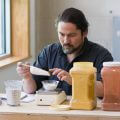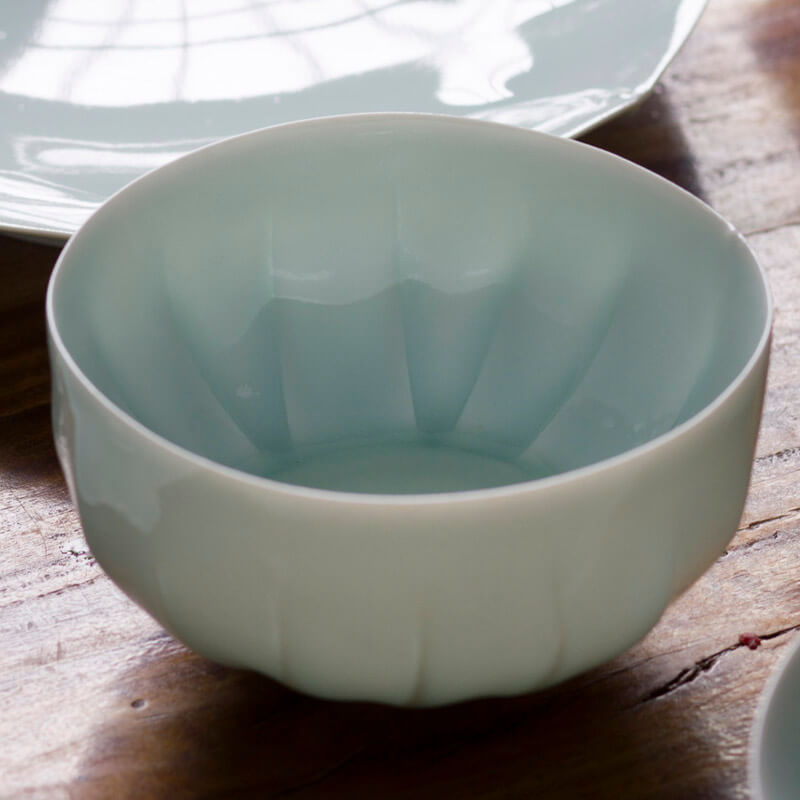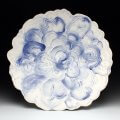
Red Lodge Clay Center – Long-Term Resident 2019-2021
During his first year in college Derek Au fell in love with ceramics, dropped out, and moved to California to “become a potter”. It didn’t work out. So Derek went back to school and studied in a variety of fields without bothering to actually graduate. For three of those years Derek studied computer science, which led to gigs at various start-ups during the heady days of the first internet boom. In 2000, burned out and in search of more meaningful work, Derek landed a job with Greenpeace in Amsterdam. Two years later he transferred to the sailing vessel Rainbow Warrior as a radio operator and media specialist. His time on-shore was spent at various pottery studios.
Derek eventually disembarked in Hong Kong and volunteered for Greenpeace China. He fell in love with the people and culture and decided to study Mandarin in Beijing while living in an old hutong neighborhood. In 2007 a friend convinced Derek to “do something that terrifies you”, and he moved to the “Porcelain Capital of the World”- Jingdezhen. He found work there as a studio manager at the Pottery Workshop under the direction of Takeshi Yasuda. Derek later established his own ceramics studio and created two series of well-received porcelain work, “Planeware” and “Painted”. In 2014 Derek began coding Glazy, a popular ceramics recipes database. An avid photographer, in 2017 Derek created the 72 Hands project which documents traditional ceramics techniques. Lately, Derek has been considering a move back to the US, spending time at the Northern Clay Center as a McKnight Resident Artist and a year in the Alfred University Ceramics Department as a Special Student.
I’m interested in the relationship between historical and contemporary craft traditions, as well as the ongoing dialogue between different crafts such as ceramics, metalware, glass and painting. In my early work, “Planeware”, I developed porcelain slab construction techniques inspired by tinware and Song Dynasty qingbai ware (which, in turn, was influenced by Tang Dynasty silver and gold ware). My newest series, “Painted”, explores the long history of slip decoration in ceramics as well as the relationship between painting and ceramics. As with hakeme, in the Painted series brushes are used to apply slip. But Painted removes the “ground” of the underlying thrown form, leaving behind only the slip.
An amateur researcher of ancient Chinese ceramics and glazes, I am continuing to develop a number of glaze types using both traditional materials (such as porcelain stone and natural ashes) and modern materials. As a part of this research I created Glazy (https://glazy.org), a free platform for sharing and analyzing ceramics recipes. I’m a strong promoter of open-source software and the benefits it can bring to the ceramics community.












